Plastic injection molding is used to manufacture plastic parts and a large number of products and is a common manufacturing process. This method is used to manufacture parts of varying degrees of complexity, size and purpose. In this process, a machine called an injection molding machine is used, as well as molds and original plastics.
This process involves melting the plastic in a molding machine, then injecting it into a mold, then cooling and solidifying into the final product.
1. Benefits of Injection Molding in China
The main benefit of using a Chinese manufacturer is that when you compare it with Western plastic injection or production, you will get more financial savings. When you compare it with other mold manufacturers, the cost savings of this mold structure is basically 30% to 50%.
Another benefit you get from plastic injection molding China is their rapid design and production, as well as the rapid delivery of the first samples of plastic products. There are a few other benefits like creating larger capacity and possible inexpensive finishing products, such as stamp printing, sublimation technology, tampo printing, silk screen printing, etc.
It is quite economical and provides you with a quick option for your manual assembly. It even provides you with different packaging options, such as cardboard boxes, blisters, or products obtained from different companies.
Among other benefits, you will find high-efficiency usability, easy and simple mass production of plastic parts, complex parts and their structures, flexibility in materials and colours, and easy molding process engineering.
This is the most cost-effective way to obtain plastic products. This is possible because when you compare it with metal processing and other molding processes, the cost of resin and the manufacturing process is very small.
2. How does Injection molding work?
If you want to perfectly control the flow of material, then the injection mold should have a high-precision match between the two molds. If you want to build a seamless and precise product, then creating molds is necessary.
Use steel or aluminium to complete the construction of the injection mold In the case of mass production, the injection molding process is highly repeatable and reliable. Once the first part is produced, the second part will become almost the same. The reason behind this is the ability of multi-cavity injection mold parts, multiple parts with the help of one cycle.
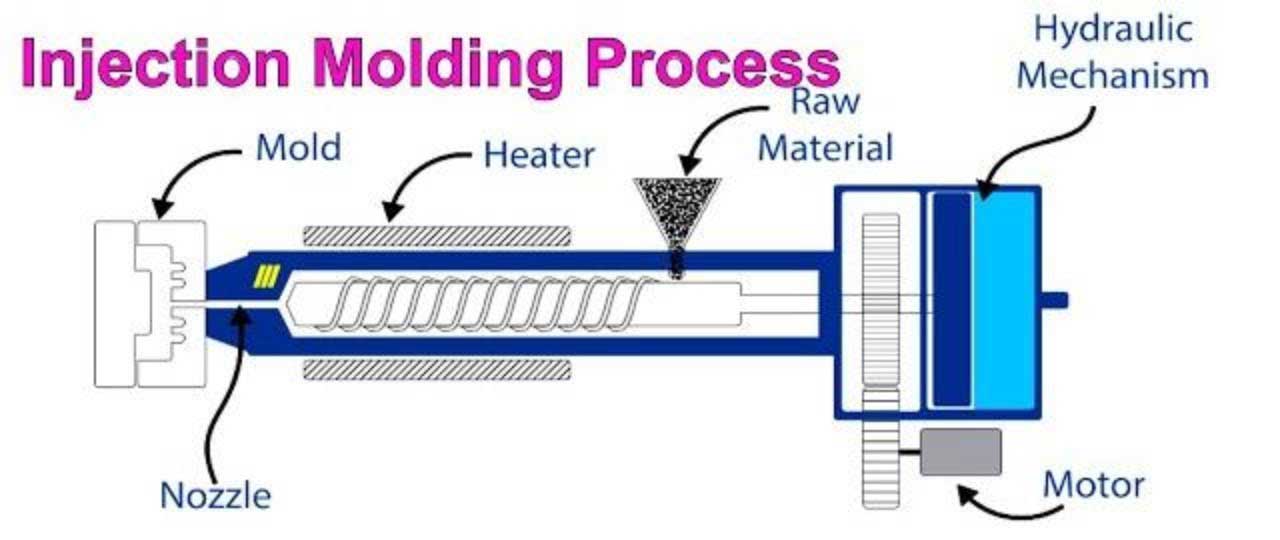
More benefits are minimal waste loss, a wide selection of materials, and low labour costs. In injection molding, the main disadvantage you will encounter is the start-up cost of mold design, which becomes very high because of mold requirements, design, testing, and longer lead times.
Occasionally, complex custom parts can encounter certain issues, like warpages or surface imperfections. Therefore, you need to design injection parts very carefully and consider not to have any kind of geometric changes, because they are cooled and there are guarantees about stability, and the material selection process should be perfect.
3. Mistakes to avoid in injection molding design
When the use of the bill of exchange has not been completed From the mold, the mold sketch will begin to facilitate partial disassembly. The draft should be placed at an offset angle so that it becomes parallel to the opening and closing mold.
1) Sharp corner
In the injection molding process, due to the sharp edges and corners, the stress concentration will greatly increase. When the edges and corners become larger, it may even cause parts to fail. Sharp corners usually appear in unobvious places, such as bosses attached to the surface, or stiffening ribs.
2) Uneven walls
On average, you will find that the minimum wall thickness of an injection molded part varies from 2mm to 4mm (.080 inches to 0.160 inches). If the part has a uniform wall thickness, it will allow the mold cavity to be filled more accurately. In plastic injection molding, if the wall is not uniform, the thin part will cool first.
Shrinkage, when the thicker part cools and shrinks, stress will begin to develop between the thin-walled and thick-walled boundaries. The thin section has hardened and does not respond to stress.
Holly is the best rapid prototyping company in the world and has realized the three pillars of E, namely excellence, efficiency and economy

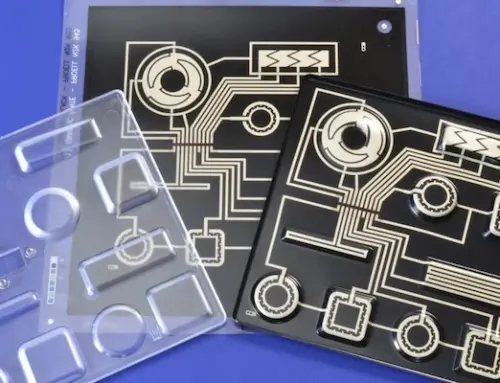
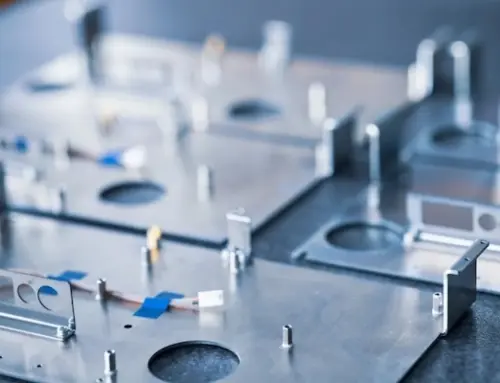

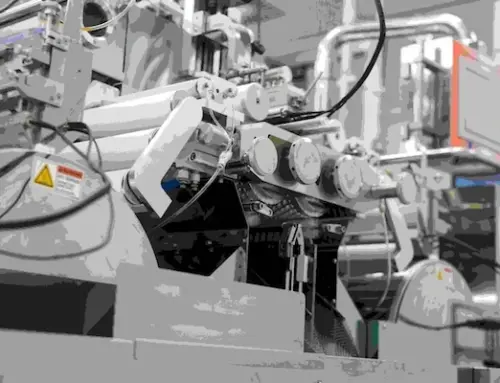
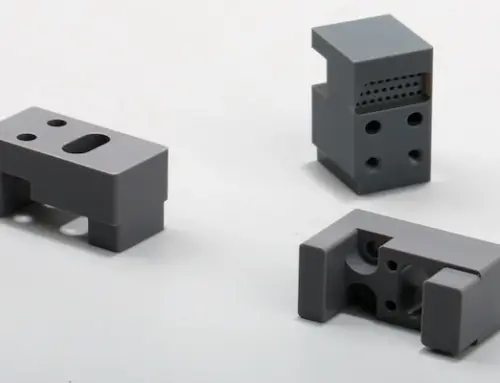
Leave A Comment